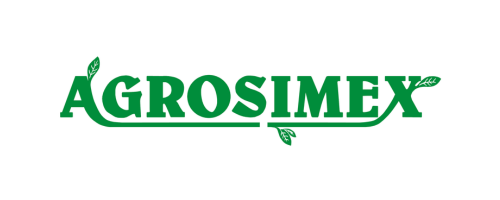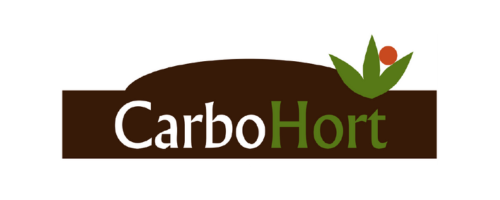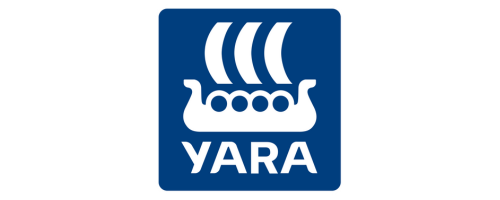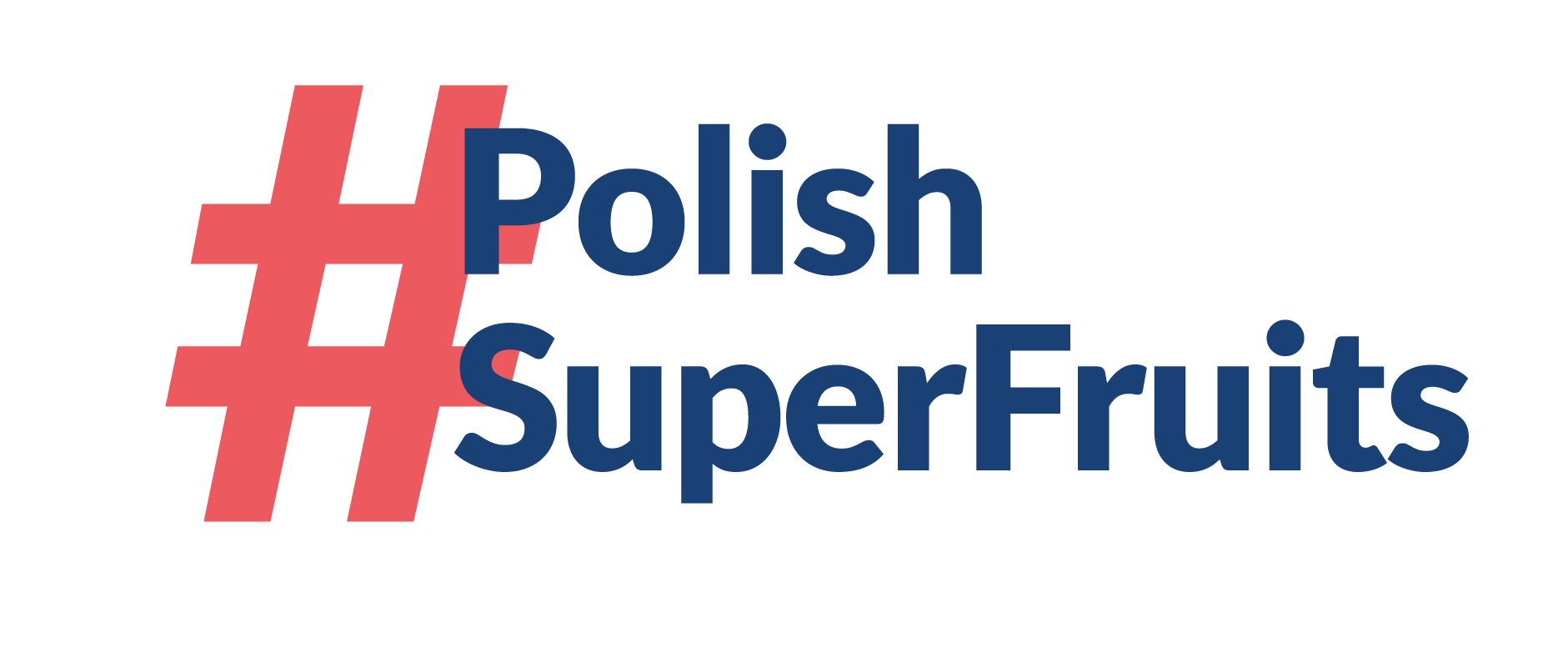The impact of pruning on the quality of blueberry fruit
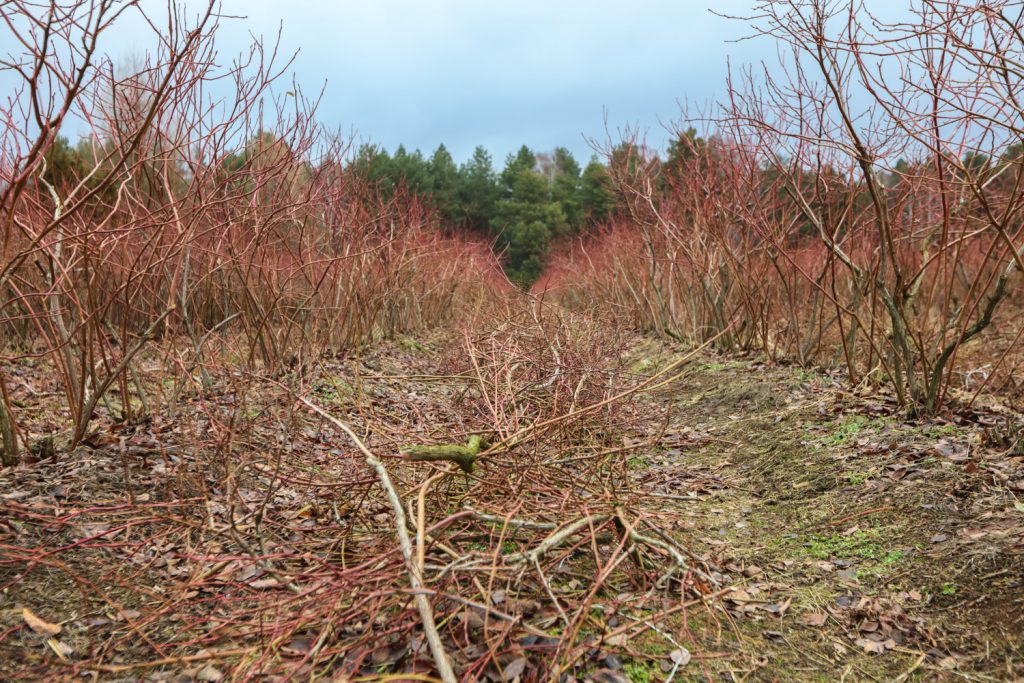
With the exception of field setup, pruning is the single most essential cultural job in blueberry production. Using the right approach is essential in terms of providing predictable, sustainable and profit generating yields which minimise risk and incentivise further investment. While the same general approach is applicable to all crop situations, the right approach for any specific crop depends on a number of factors including variety, age of crop, crop history, yield targets, and current crop status. A good understanding of these factors promoted successful and profitable blueberry production.
In Northern Highbush blueberry production, pruning is one of most important cultural management inputs, directly influencing growth and yield in the following year, and into the future. Good pruning is also essential in the establishment of new fields, building sustainable production in following years. Bad decision-making during pruning can lead to problems that take time to correct and has a direct impact on establishment time, yield and financial viability. The correct pruning approach is dependent on variety, age of plants, past yields and predicted crop performance targets, and current plant status.
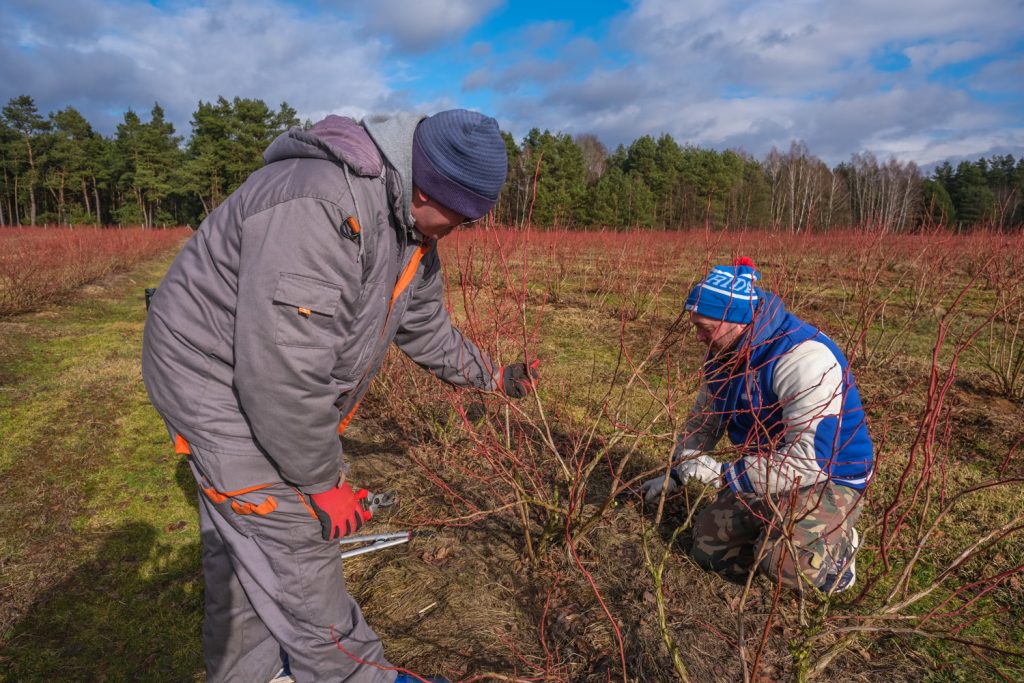
In NHB varieties, most pruning is done during the winter period while the plant is dormant. This is in contrast to pruning in Southern Highbush which is done immediately after harvest during summer time. Pruning during the dormant season is focused on removing lower vigour wood and leaving a good balance of fruiting and vegetative buds, enabling the achievement of target yields with sufficient vegetative growth to continue sustainable cropping in following years.
In young fields not yet at full production (first 3-5 years in UK), pruning should be targeted towards shape and providing good vegetative growth for fast establishment. Leaving too many fruit buds on young plants in order to get large early yields is counterproductive in the long term, leading to slow establishment (and poor financial returns).
Establishment is faster in warmer climates and under protection. It is essential to be realistic about what the crop is likely to achieve and not to expect too much from the plants. For mature Duke plants under protection in the UK, a target yield of over 20t per Ha is reasonable and sustainable. This kind of yield will not be achievable in open fields where a mature field target yield of 10-12t per Ha is more reasonable.
Aim for established plants with 5-8 strong productive branches depending on plant spacing and variety. Some varieties need relatively fewer main branches due to higher flower bud numbers. Alternatively leave more main branches and remove more laterals in these varieties.
Counting flower buds can give a rough idea of how much wood to remove to achieve a target yield. Bud counts are a guide to potential only, not a direct estimate of yield. Doing some bud counts to get an idea of field potential before pruning, in conjunction with yield history. It is a good idea to have an idea of the potential for the field based on past yields.
Once decided, the pruning approach for the field as a whole must be applied to each individual plant. Decide if the plant is above or below the average for field. Stronger plants can ripen more fruit than weaker plants. Leaving more fruit buds on any plant reduces vegetative growth and has an effect on cropping potential in the following year. Decide for each plant if it needs more or less fruiting buds than average for the field, and if there is any particular problem that needs to be addressed (e.g. remedial shaping, disease).





